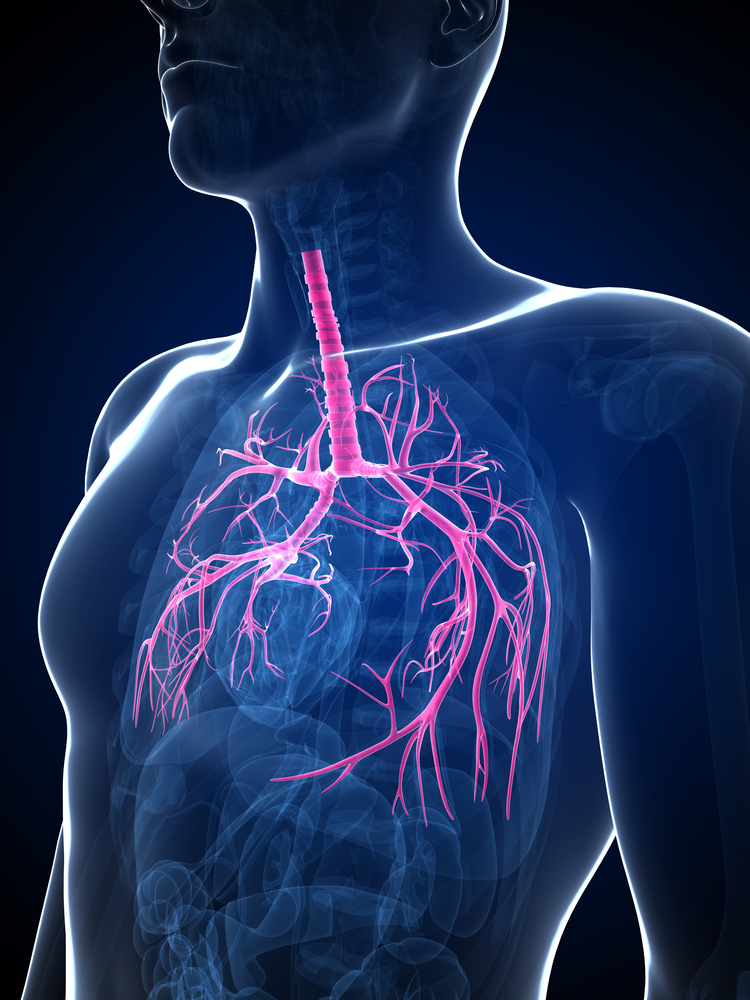Newly Established Registry Sheds Light on Treatment, Features of Sarcoidosis-linked PH

A newly established registry for patients with sarcoidosis associated with pulmonary hypertension sheds light on characteristics and treatment patterns that can be used for future randomized clinical trials, according to researchers.
Their study, “Clinical features of sarcoidosis associated pulmonary hypertension: Results of a multi-national registry,” was published in the journal Respiratory Medicine.
Sarcoidosis-associated pulmonary hypertension (SAPH) is associated with significant morbidity and high rates of mortality. While SAPH has become increasingly recognized, there is still not much known about the disease and there are significant gaps in knowledge about key disease characteristics.
Also, no studies have compared the features and treatment of SAPH in different parts of the world.
Therefore, researchers set out to establish an international observational Registry for Sarcoidosis Associated Pulmonary Hypertension (ReSAPH) (NCT01467791) to collect data on patients with SAPH.
The registry contains information on patients from initial presentation to the subsequent clinical course of SAPH from sarcoidosis centers across the world, including sites around the U.S., Europe, and the Middle East.
A total of 176 SAPH patients were analyzed — about two-thirds of them from the United States. Of the 176 patients, 84 people (48%) were identified within one year of their entry into the registry, and 94 people (53%) had moderate to severe PH.
Adult sarcoidosis patients were included in the study if they had a diagnosis of pulmonary hypertension (high blood pressure in the arteries from the heart to the lungs) confirmed through right heart catheterization.
The team collected data on measures of disease severity and lung function, such as forced vital capacity (FVC), diffusion capacity of carbon monoxide (DLCO), chest X-ray, and the six-minute walk distance (6MWD) test.
DLCO is a medical test that determines how much oxygen travels from the lungs to the blood stream, with lower values indicating a worse lung function.
Researchers observed that in general, SAPH patients had lower FVC and DLCO than other sarcoidosis patients, indicating a worse impairment in lung function.
The team also found that the severity of SAPH was related to reduced DLCO. No correlation was found between other lung function measures and PH severity.
The 6MWD test (a measure of exercise capacity) was also reduced in SAPH patients compared to other sarcoidosis patients, a finding that has been reported before.
Regarding care in the different sarcoidosis centers assessed, researchers observed a significant difference in the rate of treatment between U.S. and non-U.S. sites.
At the time of enrollment, 84% of the non-U.S. SAPH patients were receiving treatment for pulmonary hypertension, compared to 70% of the U.S. patients.
However, the registry only noted treatment at the time of patients’ entry into the study, and they may have started therapy after that.
Overall, the team concluded that “the clinical features of SAPH were similar across multiple centers in the U.S., Europe, and the Middle East,” although “there were treatment differences between the U.S. and non-U.S. centers.”
Researchers hope that the registry will “foster a greater awareness of SAPH and encourage future randomized clinical trials to help define the role of therapy for this emerging entity.”






